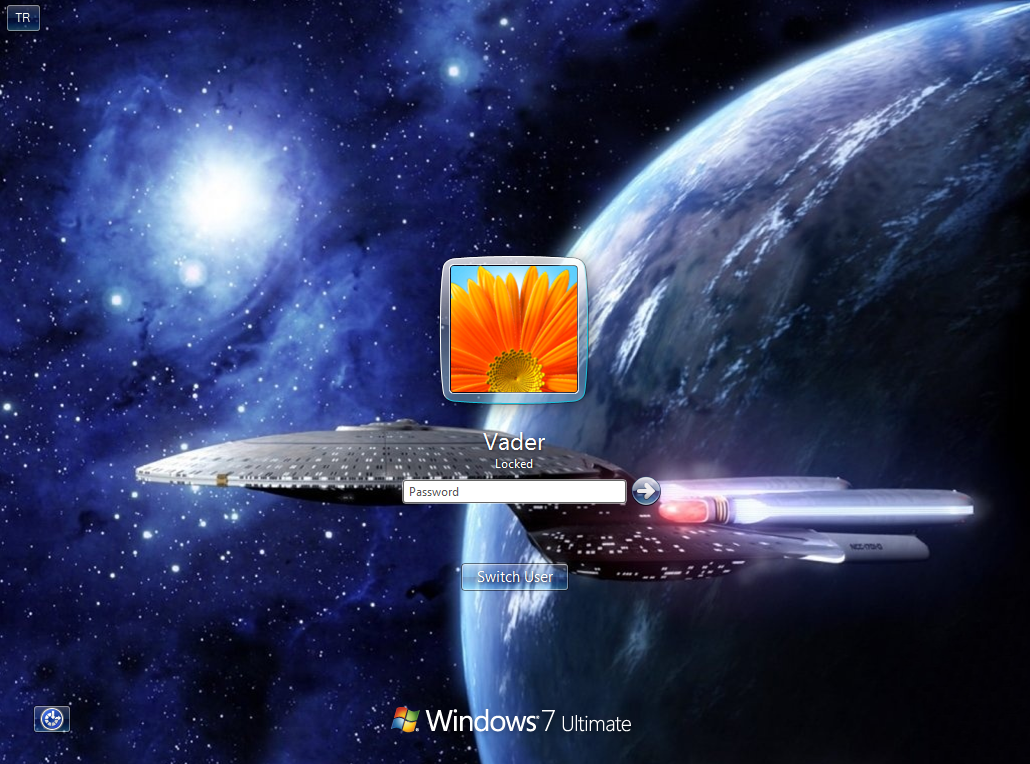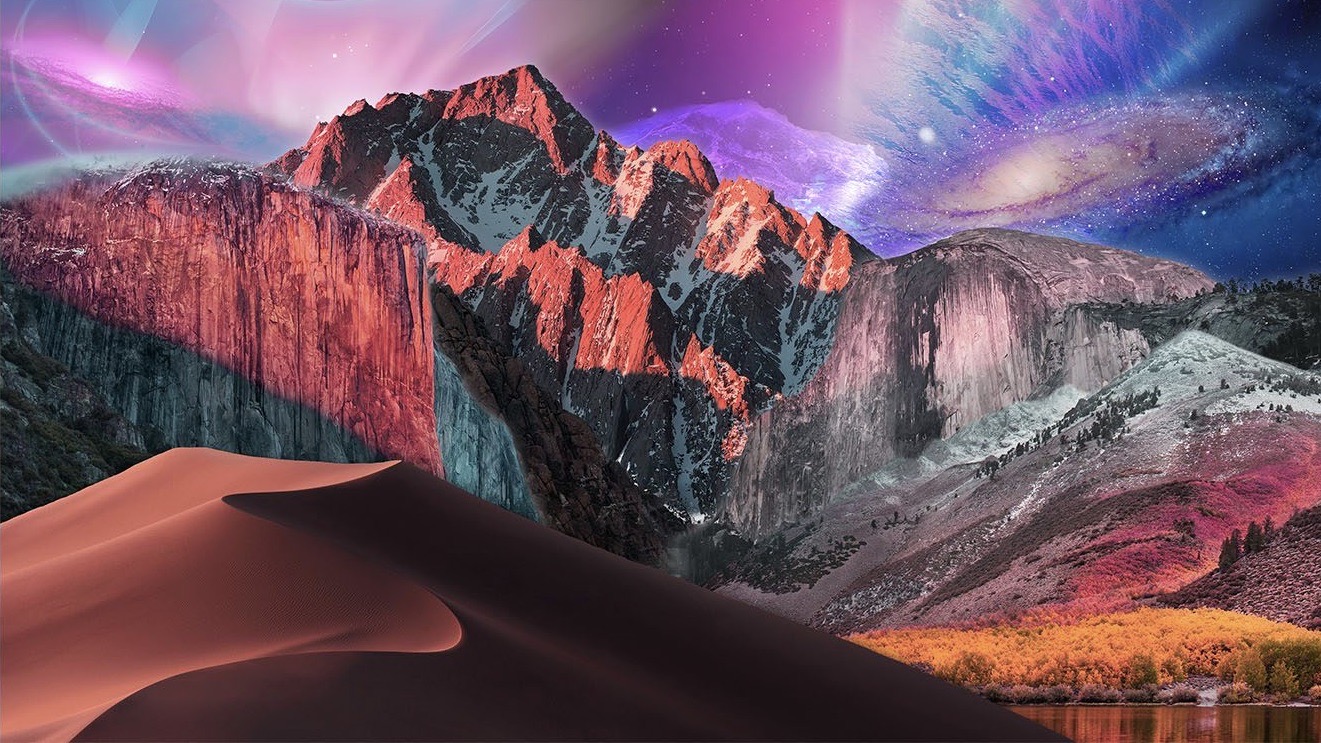

This operating system consisted of the Macintosh Toolbox ROM and the "System Folder", a set of files that were loaded from disk. As part of an agreement allowing Xerox to buy shares in Apple at a favorable price, it also used concepts from the Xerox PARC Alto computer, which former Apple CEO Steve Jobs and other Lisa team members had previewed. The first version of the system software, which had no official name, was partially based on the Lisa OS, which Apple previously released for the Lisa computer in 1983. It was included with every Macintosh that was sold during the era in which it was developed, and many updates to the system software were done in conjunction with the introduction of new Macintosh systems.Īpple released the original Macintosh on January 24, 1984. The Macintosh operating system is credited with having popularized the graphical user interface concept. Strangely, even though no menus directly link to it anymore, the menu itself is just hanging out there waiting for you.Mac OS (originally System Software retronym: Classic Mac OS ) is the series of operating systems developed for the Macintosh family of personal computers by Apple Computer from 1984 to 2001, starting with System 1 and ending with Mac OS 9.

You won’t find it in Settings > Personalization > Backgrounds where it used to be - there, you can only set a single image as your background regardless of how many monitors you have. Further, you won’t find it where it used to reside in Windows 8, in Control Panel > Appearance and Personalization > Personalization, where there used to be a direct link to it. Inexplicably, that option vanished in Windows 10. When Windows 8 came out, one of the first things multi-monitor users noticed is that there were a bunch of new menu options, including a very easy-to-use multi-monitor wallpaper selection tool built right into the Personalizations menu in the Control Panel. The Complicated but Powerful Method: Change Your Wallpaper With the Personalization Menu Update: The command here no longer brings up the traditional Control Panel interface, but you can now use the Settings > Personalization > Background window to accomplish the same thing.


 0 kommentar(er)
0 kommentar(er)
